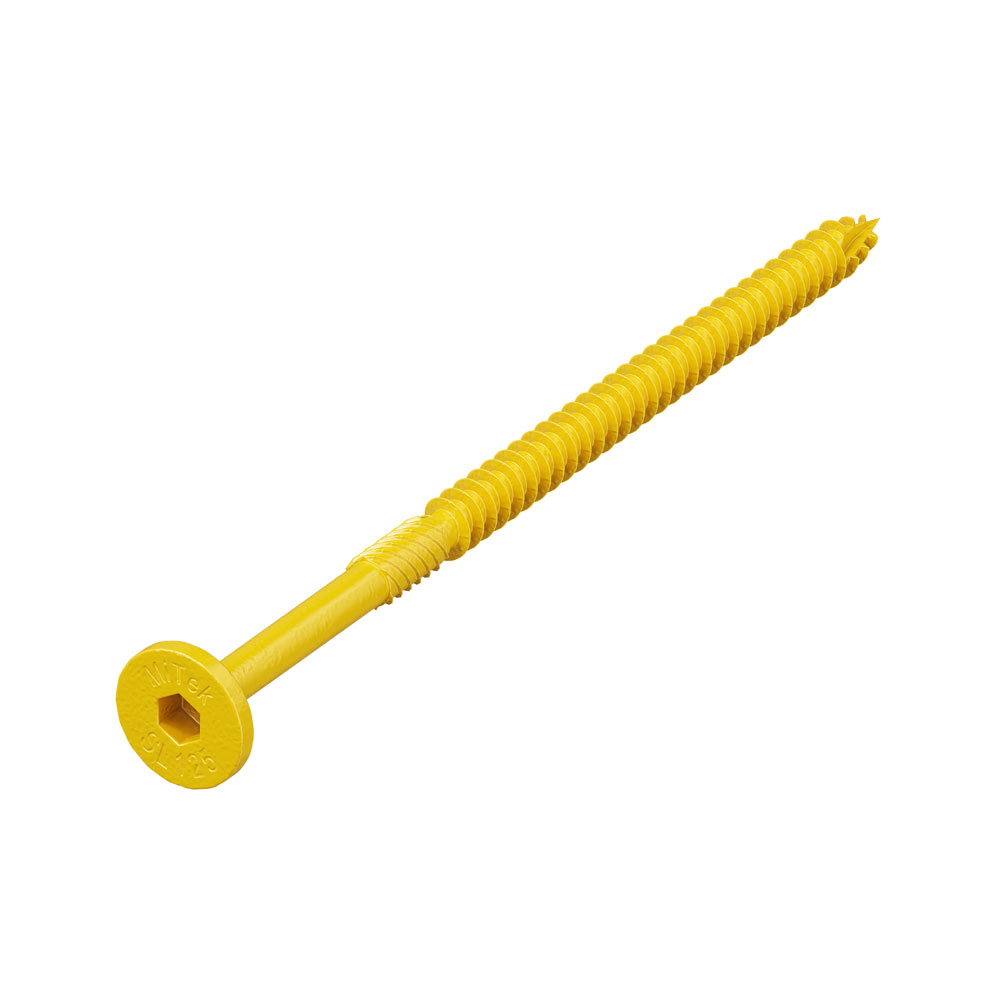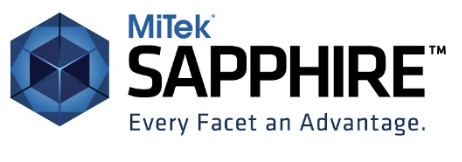
Non-Compliant: Incorrect installation, poor usage or inappropriate application of a product.
Non-Conforming: A defective product that is not designed or manufactured to meet the relevant standards.
Why Does It Matter?
The dynamics of the Australian building industry are evolving. The financial landscape is becoming more complex and there is an added emphasis on sustainability to meet the ‘Net Zero Australia’ goal by 2050. Building Ministers are working closely with the Australian Building Codes Board (ABCB) to embed sustainability into the National Construction Code (NCC). As a result, we will likely see a wave of new regulations aimed at increasing the transparency of building product capabilities and related practices.
To keep our businesses thriving, we often make decisions ‘to the best of our knowledge and belief.’ But is this good enough when choosing materials and products for our projects? This question applies across all areas of the industry—designers, architects, engineers, pre-fabricators, site trades and builders alike. Can responsibility for non-compliance or non-conforming building materials be solely passed on to the builder?
The answer is NO.
Every link in the supply chain has a ‘Duty of Care’ and shares responsibility for any eventual issues. Two key concepts govern this responsibility: ‘Due Diligence’ and ‘Fit-for-Purpose.’
Due Diligence: This is the responsibility to ensure that the correct building product is specified, procured and installed correctly. Every person involved in these decisions is accountable.
In the post-COVID era, with events like the Russian conflict affecting supply chains, the building industry has felt the pressure to substitute materials for financial reasons. This reinforces the importance of due diligence—making sure your product choice is high quality and recording that decision process. Always ask the right questions until you’re confident.
Fit-for-Purpose: Ensuring that the product you’ve chosen is the right one for your specific application.
Many building products are designed to comply with relevant standards and are certified by third parties. But is that enough? A quality product used incorrectly results in non-compliance. For instance, we see an influx of engineered wood products in the timber industry, including LVLs, Glulam, Cross Laminated Timber and Finger Jointed Timber. While these products are tested, certified and generally high quality, they are not always suitable for every application. For example, not all LVLs are created equal, even within the same grade like E14 or F14. Similarly, not all Finger Jointed timbers are equivalent, even if they are labelled as F5 or F8.
Don’t be swayed by cost savings.
Exercise due diligence and apply the fit-for-purpose principle to ensure your journey is both compliant and sustainable.
MiTek’s Commitment to Compliance and Conformance
At MiTek, we understand the importance of compliance and strive to support our customers in meeting these obligations through several key initiatives:
Install with Confidence with MiTek Engineered Building Products (EBP):
Our products are thoroughly researched, tested and CodeMark Certified. MiTek EBP are colour-coded for easy on-site identification and to ensure the correct application. This focus on usability ensures you can install them confidently and correctly.
Codemark Registration: Ensures our products and their specified fixings meet ongoing compliance with Australian standards. MiTek is ISO 9001 certified, which upholds high standards of quality assurance and control in our production and testing processes. Our CodeMark Certification [CM70055] can be accessed on the independent JAS-ANZ website here.

EasyCAT App: This free app provides clear, accessible installation instructions to prevent incorrect installations. EasyCAT also offers a Catalogue that clearly defines the specifications of each product, their structural capacities and fit-for-purpose uses.
You can access EasyCAT here

Product Usability: We aim to minimise the risk of errors with innovations such as colour-coded screws for easier identification. We also conduct rigorous testing, including testing products in non-ideal placements, to ensure they still meet the necessary standards.

Engineered Design Solutions:MiTek’s Sapphire Structures software is certified in accordance with NCC requirements for Structural Software, enabling the design of timber light-framed roof, wall and floor systems that conform to the latest Australian standards.

Engineering Support when you need it:
Our MiTek Customer Experience Engineers are available to assist with queries about the appropriate use of building materials. Whether you need guidance on engineered wood products, sawn timber, or steel, we have access to detailed databases of material properties—We’re here to help ensure your projects are structurally sound.
By prioritising compliance and conformance, MiTek helps you meet regulatory requirements while ensuring that your chosen products are fit for purpose and built to last.